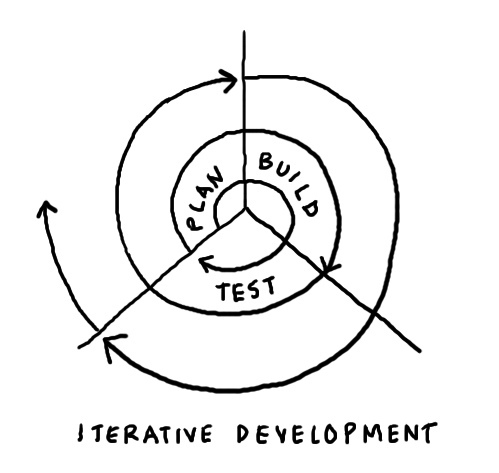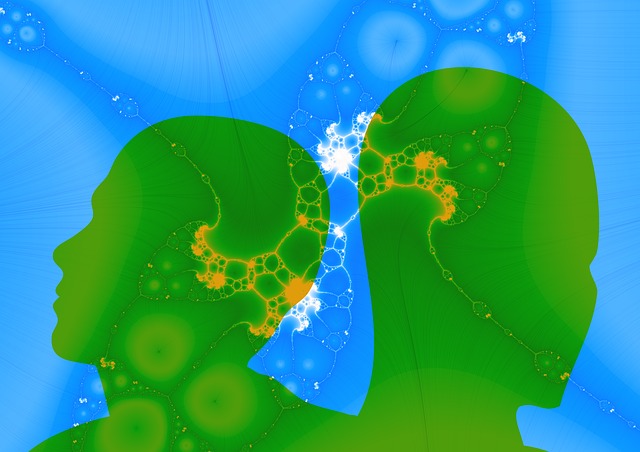
Bringing together disparate data sources is key to creating stand out customer experiences – Interview with Dave O’Flanagan of Boxever
April 11, 2017
An agile manifesto for customer success – Interview with Todd Eby of Success Hacker
April 22, 2017The business world is abuzz at the moment with lots of talk of artificial intelligence and it’s potential applications, particularly when it comes to the use of tools like neural networks.
But, what is a neural network? Well, first of all neural networks are properly known as artificial neural networks (ANNs) and these are commonly described as‘ an interconnected system of neurons, as in the brain or other parts of the nervous system’.
Now, ANNs are fascinating and offer so much potential in all sorts of areas. But, much of the hard work needed to get them to deliver on their potential seems to reside in the gathering of data, the design and implementation of learning algorithms and also the training of the network so that it is enabled to learn, identify patterns and problems and then help identify solutions.
For example, what would happen if businesses were more diligent and consistent in tapping into the knowledge, skills, insight and expertise that resides in the individuals around them, including the networks of people (employees, customers and suppliers) that surround them and that they work with everyday?
These networks are set up, have access to all sorts of structured and unstructured data, are already smart and are ready to help.
What could we achieve if organisations accessed all of that knowledge more consistently and put it to better use?
Here’s some examples of some firms that are doing just that and the sort of business results and benefits they are achieving:
- Lloyds, a UK bank, were in the process of redesigning their mortgages. As part of that process, they gathered a group of their call centre agents, without the presence of any managers, and asked them to help identify problems that existed with their mortgage process. It took the agents only 30 mins to identify the top 10 problems that customers faced. It took a data analysis team 6 weeks to analyse all of the customer and operational data and conclude that the agents were 80% right.
- EE, in their UK mobile business, wanted to reduce the need for their customers to contact them. To achieve that, their strategy was simple: listen to their customers and their frontline staff and fix what they say is broken. In total, they fixed 81% of the issues that were highlighted by their frontline agents and, in doing so, they reduced their customers propensity to call by 88% over two years. At the same time, their efforts helped increase their NPS and eNPS scores by 21 and 57 points respectively over a similar period.
- Lifesize, a provider of video, audio, & web conferencing solutions, transformed their Net Promoter Score (NPS) from – 4 to a score of +80 and the performance of their business over the course of 730 days by interviewing customers, suppliers, resellers, partners and employees to establish what was going on, what was wrong and what they should fix.
Whilst many companies are exploring how to utilise artificial neural networks in their business, what these examples show is what can be achieved if companies are willing to access, listen to and act on the collective intelligence and insight that already surrounds them.
The problem is is that these types of initiatives and practices don’t seem to be very common.
That’s a shame.
For business, for customers and for employees.
This was originally published on my Forbes.com column here.
Thanks to geralt for the image.





1 Comment
That’s a great point Adrian – companies need to balance the human knowledge they have already with the information they can learn through AI. In fact, they also need to understand what the best forms of AI are to support customer experience – for example, techniques such as Natural Language Processing are better suited to CX than neural networks, as we explain in this Eptica blog https://www.eptica.com/blog/4-artificial-intelligence-concepts-you-need-know-if-you-work-customer-experience